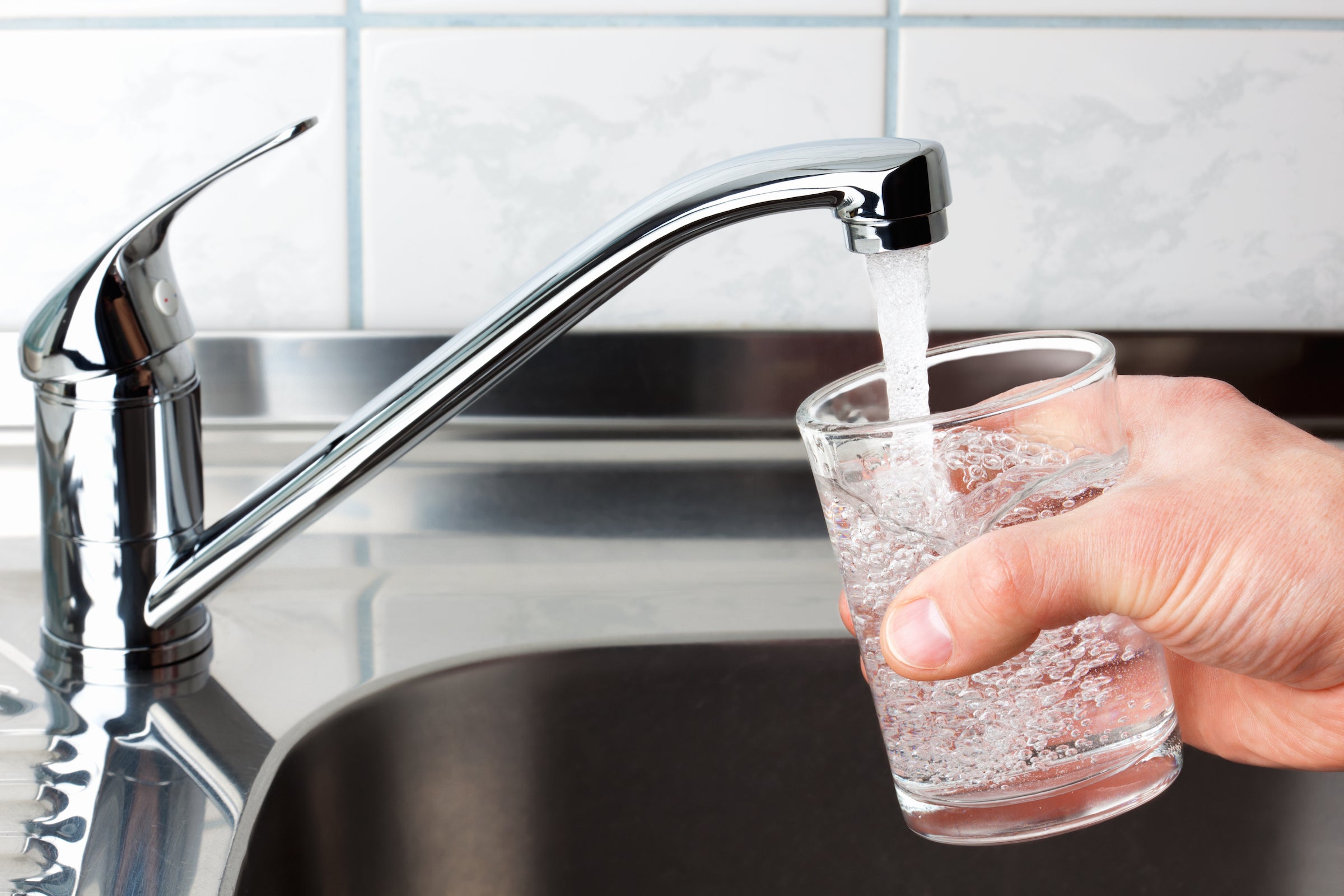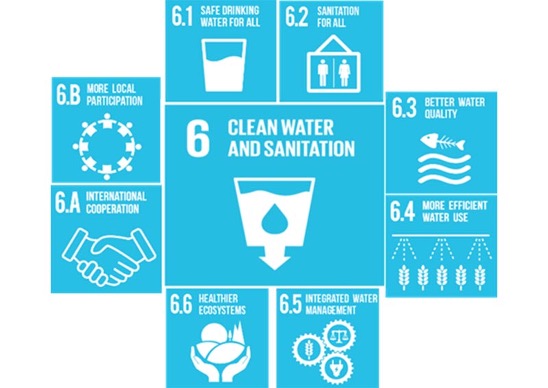Growing up in Hong Kong and the US, access to safe water has never been a problem in my entire life. In fact, for those of us living in more-developed countries, we can get almost unlimited water resources from the tap without any effort. Yet, we may never be able to imagine the struggle that people are going through in some water-less countries. My personal connection to the topic can be traced back to 2013, when I watched a documentary film named A World Without Water in one of my general studies classes in middle school. This documentary portrays the stories of families that suffered from privatisation and water management crisis and explores how our planet will be like without the most basic of life’s essential. Since then, I have been intrigued by development issues in the Global South, which urged me to take this module and write this blog about water and food crisis in Africa.
The above picture perhaps showcases of the most common narratives of the water scarcity and food insecurity in Africa – the continent is dried up and produces not enough food. Yet, is the reality as simple as that? This blog aims to uncovers the complexity of water scarcity in Africa and its relationship with food production, as well as exploring the adaption strategies by looking at various case studies on the continent.
Water is a vital resource that supports every life in the world. United Nations Sustainable Development Goal (SDG) 6 states that it is a priority to “ensure availability and sustainable management of water and sanitation for all”. Indeed, the availability of water plays an integral role in a place’s social-economic development, in particular food production (Grey & Sadoff, 2007). Crops require water to grow, in other words, food security and water are closely linked. Besides production, water is also used in food processing and preparation. While this part of the food system may require less water than the primary production process, it requires water that meet certain safety standard, so that it does not pose any health risk to human beings (Kirby et al. 2003). Therefore, it is noteworthy that food security depends on both water availability and quality.
Africa is a massive continent that covers 30.3 million km2 and 54 countries. It is the continent with the lowest per capita water availability, as 1 in 3 African people are impacted by water scarcity (Global Citizen, 2022).
Lake Chad, one of Africa’s most important freshwater deposits that supplies water to more than 30 million people in central Sahel, has shrunk 90% since the 1960s due to extensive drought as well as increasing population and human activities (Magrin, 2016). But with diverse geographical and climatic conditions, a simple term of “water scarcity” is insufficient to summarise the situation.
Africa is also affected by great regional and seasonal variation of precipitation. Due to the migration of intertropical convergence zone (ITCZ), some areas only have one single intense rainy season throughout the year (Nicholson, 2018), which is not a favorable condition for agricultural activities as it limit the growing season. Climate change in recent years is also resulting in more extreme weather events, including unpredicted heavy precipitation and drought.
Despite these environmental limitations, rainfed agriculture still accounts for over 95% of cultivated land in Africa (Biazin et al. 2012). This means that agricultural activities on the continent very much rely on natural precipitation, which is not ideal due to the unfavorable and variable climatic conditions discussed above. What’s more, Africa is also suffering from economic water scarcity – meaning that people are not able to access water due to institutional and economical reasons (Vallion et al. 2020). These include low efficiency of local government, corruption, poor water management and poverty. As a result, Africa fails to price enough food for the people, and it is estimated that at least 140 million people face acute food insecurity on the continent (World Bank, 2022).
In the following blog posts, I would like to explore some adaption strategies that farmers can adopt to overcome these challenges, which ultimately help increase food production and enhance food security in Africa.





Comments
Post a Comment